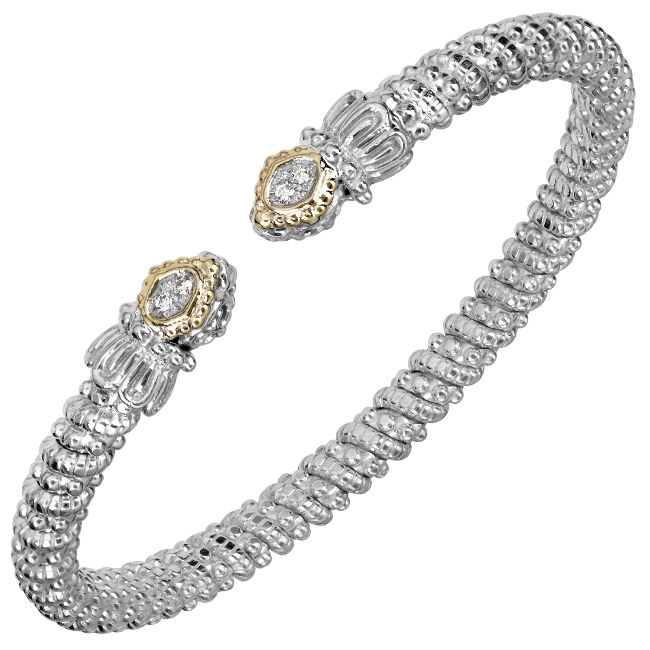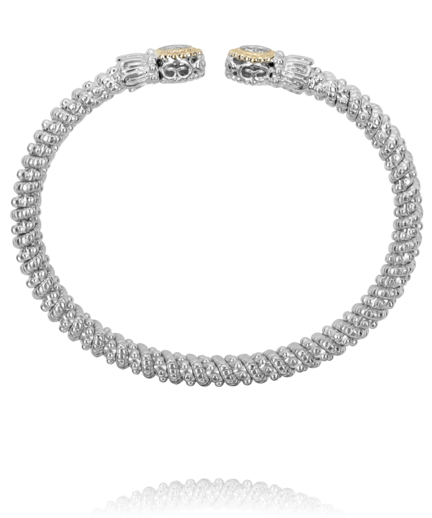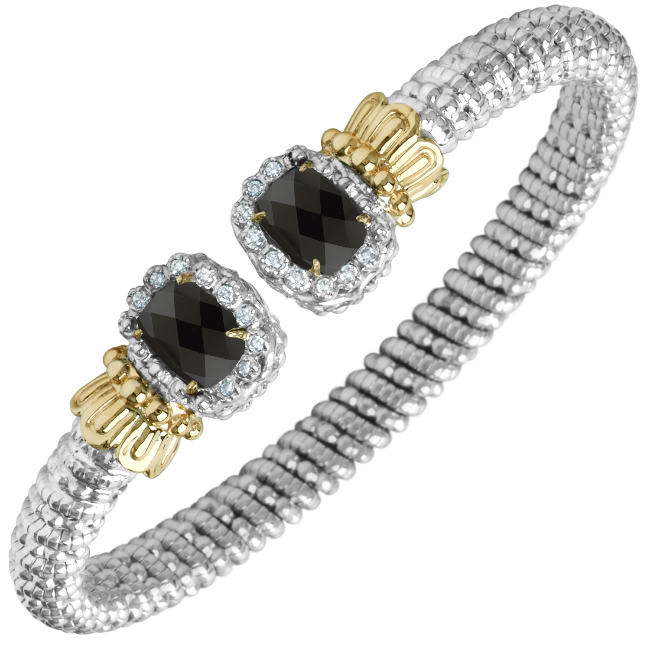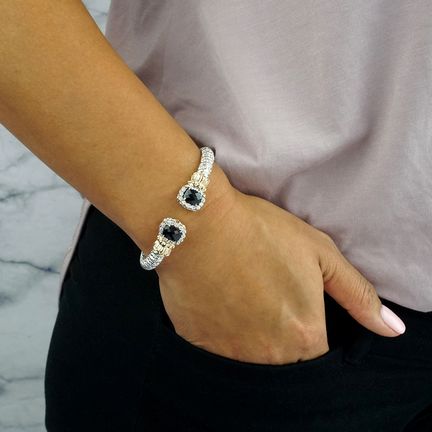Diamond Facets: The Hidden Detail Behind Every Sparkle
Diamonds dazzle not just because they’re rare or expensive—but because of how they’re cut. That sparkle, that fire, that irresistible brilliance? It all comes down to one thing: diamond facets. Whether shopping for an engagement ring or simply curious about how light dances through a gem, understanding facets will totally change how you see these stones.
What Is a Diamond Facet?

A diamond facet is a flat surface on a diamond’s exterior. Think of them like tiny mirrors, strategically placed to reflect light in the most flattering way. When a diamond is cut, it’s not shaped randomly. Gem cutters (called lapidaries) follow precise angles and patterns to maximize light performance—aka sparkle.
Facets are responsible for three main optical effects:
-
Brilliance: the white light reflected from the surface and interior
-
Fire: the rainbow-like dispersion of light
-
Scintillation: the sparkle when the diamond moves
So, facets aren’t just for show—they’re the reason diamonds glow like they have their own spotlight.
How Many Facets Does a Diamond Have?
This is a popular question, and the answer depends on the cut. The most common answer is 57 or 58 facets, which belongs to the round brilliant cut. Here’s the breakdown:
-
Table facet (top flat surface) – 1
-
Crown facets (above the girdle) – 33
-
Pavilion facets (below the girdle) – 24
-
Culet (tiny bottom facet, optional) – 1
That totals 57 without the culet and 58 with it. But not all diamonds stick to this script—other shapes and styles have their own unique facet patterns.
Common Diamond Faceting Patterns
Brilliant Cut: Maximum Sparkle

The brilliant cut is the most iconic faceting style, especially in round diamonds. It’s designed for brilliance—hence the name. With 57 or 58 facets, light enters, bounces, and exits in dazzling patterns.
Other shapes like oval, pear, marquise, and cushion often feature a modified brilliant cut. They preserve that fiery sparkle while adding a unique silhouette.
Step Cut: Sleek, Sophisticated Shine

Unlike brilliant cuts that go for bold sparkle, step cuts play it cool. Think clean lines and subtle gleam.
Step cuts include:
-
Emerald cut
-
Asscher cut
-
Baguette cut
They have fewer, larger facets arranged in parallel steps, creating a hall-of-mirrors effect. Step cuts highlight clarity over sparkle—making them perfect for high-quality stones with minimal inclusions.
Mixed Cuts: The Best of Both Worlds
Some diamond cuts blend brilliant and step-cut techniques. These mixed cuts aim for balance between sparkle and symmetry. Princess cuts, for example, use brilliant faceting on a square or rectangular shape. Radiant cuts do something similar, adding a dynamic look that’s all angles and energy.
Why Facets Matter When Choosing a Diamond
Facets affect everything—from how much a diamond sparkles to how big it looks. A well-cut diamond with optimal facet placement will always look more vibrant and valuable than a poorly cut one, even if both have the same carat weight.
Here’s what to keep in mind:
-
Cut quality is king. Always check the diamond’s cut grade, especially for round brilliants.
-
Clarity matters more in step cuts. Fewer facets = more visibility.
-
Shape affects faceting. Different shapes call for different patterns. Choose one that suits your style.
Final Thought: Don’t Just Count the Carats
Diamonds are more than their size or color. Their real beauty lies in the way they interact with light—thanks to their facets. Whether you lean toward the brilliance of a round cut or the vintage glam of an emerald cut, knowing how diamond facets work puts you in control of sparkle, shine, and style. If you'd like to compare the different style diamond facets, contact us today for a private appointment!














